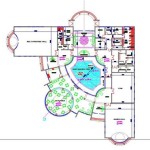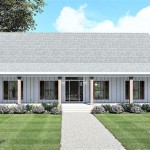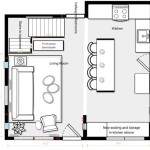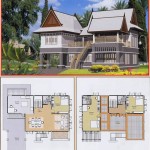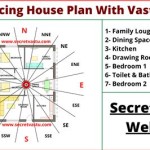Essential Aspects of Courtyard House Plans: Creating Tranquil Oases
Courtyard houses, characterized by their enclosed central outdoor spaces, have become increasingly popular for their ability to provide a sense of privacy, tranquility, and connection to nature. Whether you're designing a new home or renovating an existing one, understanding the key aspects of courtyard house plans is crucial for creating a successful and functional space.
1. Orientation and Privacy:
The orientation of your courtyard is paramount. Consider the sun's path and prevailing winds to ensure optimal sunlight and airflow. Position the courtyard to maximize privacy from neighboring properties, creating a secluded and intimate outdoor sanctuary.
2. Size and Proportion:
The size of the courtyard should be proportionate to the house's overall footprint. A small courtyard can feel cramped, while a large one might overwhelm the space. Aim for a balance that allows for comfortable movement and ample seating areas.
3. Access and Circulation:
Ensure easy access to the courtyard from the main living areas. The courtyard should seamlessly blend with the indoor spaces, creating a cohesive flow. Consider the width of pathways and the placement of doorways to facilitate convenient circulation.
4. Landscaping and Greenery:
Landscaping is essential for creating a vibrant and inviting courtyard. Choose plants that are suitable for the local climate and the amount of sunlight available. Consider a mix of evergreen and deciduous trees, shrubs, and ground covers to provide year-round interest.
5. Water Features:
Water features, such as fountains, ponds, or small waterfalls, can enhance the tranquility of a courtyard. The sound of flowing water creates a relaxing atmosphere and attracts wildlife. However, consider the maintenance requirements and possible noise impact.
6. Lighting and Ambiance:
Proper lighting is crucial for creating a comfortable and inviting courtyard. Combine natural light with artificial lighting fixtures to illuminate pathways, seating areas, and architectural features. Create a warm and cozy ambiance with soft, diffused lighting.
7. Materials and Finishes:
The choice of materials for the courtyard flooring, walls, and seating areas should complement the architectural style of the house. Consider materials that are durable, easy to maintain, and aesthetically pleasing. Natural materials, such as stone, wood, or brick, can create a timeless and elegant look.
8. Ventilation and Natural Light:
Ensure adequate ventilation to prevent stuffiness and moisture buildup. Large windows, clerestory windows, or skylights can allow natural light to permeate the courtyard, creating a brighter and more spacious feel.
9. Security and Privacy:
Courtyards offer privacy, but it's important to consider security measures as well. Install high walls, fences, or hedges for privacy. Consider motion-activated lighting or security cameras to enhance safety and deter trespassers.
10. Seasonal Use and Flexibility:
Courtyards should be designed for year-round enjoyment. Consider the local climate and the potential for extreme weather conditions. Create sheltered areas for shade and wind protection. Incorporate built-in seating or movable furniture that can be easily reconfigured to accommodate various activities.

Radical Terrace Pool House Plans Courtyard U Shaped

Floor Plans With Courtyard Google Search House Model Plan

Courtyard House Abin Design Studio Archdaily

Nice House Plans With Courtyards Mediterranean Courtyard

Design Inspiration The Modern Courtyard House Studio Mm Architect

European Nouveau House Design With Courtyard Plan 4695

House Plan Mezzina Sater Design Collection

Courtyard Home Design

House Plans With Courtyards And Open Atriums

Plan Of The Typical Standard Three Courtyard House Beijing Drawing Scientific Diagram

